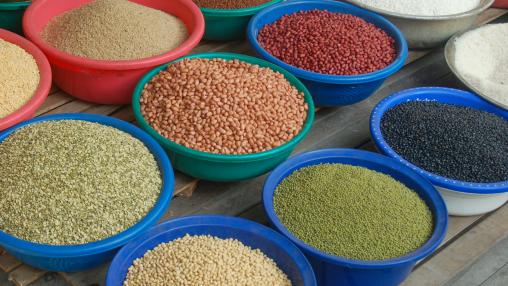
Latest GIEWS Country Briefs Track Food Security in Kenya, Senegal
FAO’s Global Information and Early Warning System (GIEWS) has released two updated country briefs for Africa south of the Sahara. The country brief series provides information regarding countries’ current agricultural season and harvest prospects for main staple food crops, as well as estimates and forecasts of cereal production, cereal imports, and food prices and policy developments. This latest round of updates includes new information for Kenya and Senegal .
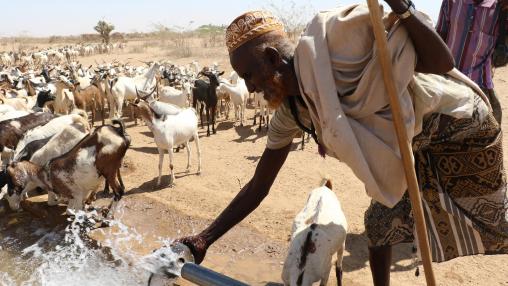
El Niño to Have Long-term Development Impacts, Report Says
The 2015-2016 El Niño cycle has had devastating effects in many developing regions, including across much of Africa south of the Sahara. According to a new report from the UN Office for the Coordination of Humanitarian Affairs, El Niño has affected 60 million people worldwide, and 23 countries have issued response plans costing upwards of US$ 5 billion in national funding and international aid.
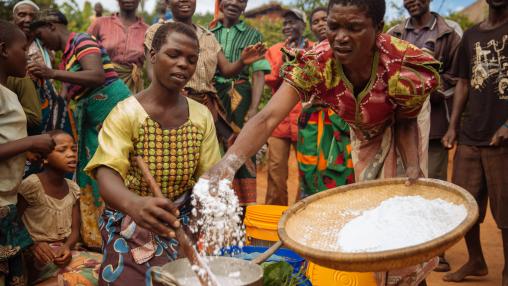
Malawi's Women Face Barriers to Climate-Smart Agriculture
Climate change and weather variability are posing challenges for smallholder farmers worldwide, but women farmers tend to be even harder hit due to a lack of resources. According to the first article in a special issue of Gender, Technology and Development released in July, women farmers in Malawi lack access to basic agricultural tools, as well as to new technologies and practices that can enhance labor productivity and aid in climate change adaptation.
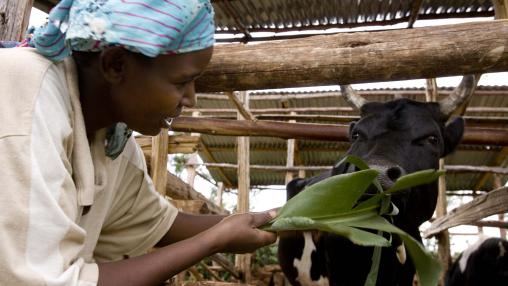
CSA that Work for Farmers
Southern Africa has been hard hit with drought over the last year, with many areas facing increased food insecurity and several countries declaring national emergencies. According to researchers at the Technical Centre for Agricultural and Rural Cooperation (CTA) , these drought conditions could be southern Africa’s “new normal.” If this is the case, cereal and livestock farmers in the region will need assistance in building their resilience and adapting their production to the new, drier conditions.
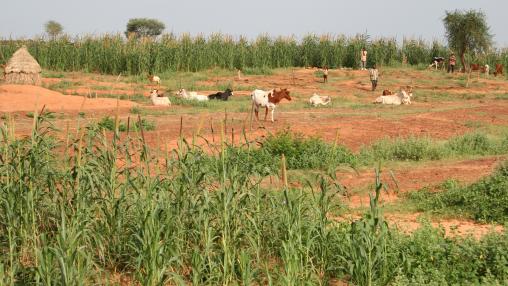
Latest GIEWS Country Briefs
Several new country briefs for Africa south of the Sahara have recently been released by FAO’s Global Information and Early Warning Systems (GIEWS). The GIEWS country brief series provides an overview of the food security situation in prioritized countries, focusing on the current agricultural season, harvest prospects for staple food crops and livestock, estimates and forecasts of cereal production, and food price and food policy trends.
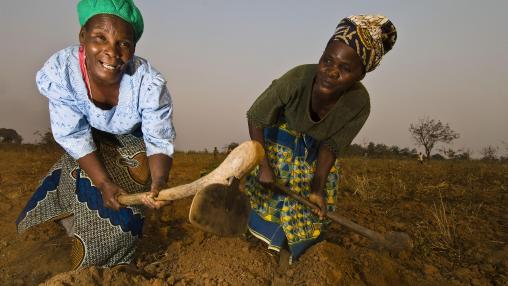
Driving Agricultural Adaptation
Agriculture in West Africa faces numerous challenges, including soil degradation, market instability, and significant threats from climate change. In response to these obstacles, many adaptation strategies, such as production of non-traditional crop varieties, have been encouraged. It remains less clear, however, what actually drives farmers’ decisions to adopt (or not adopt) these strategies. For example, a farmer may choose to plant a new crop variety in response to a short-term drought or as part of a longer term strategy to adapt to climate change.
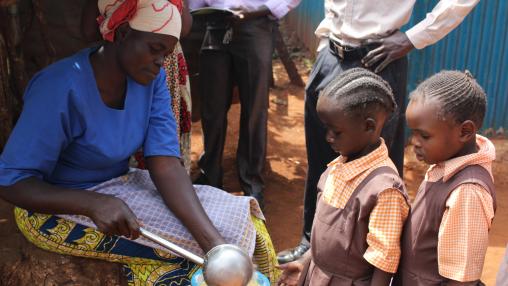
SDGs: Africa's Progress to Date
According to the World Bank’s 2016 World Development Indicators (WDI) report , extreme poverty rates have fallen in Africa south of the Sahara over the last two decades, but not as quickly as in other regions. SSA’s extreme poverty rates declined from around 55 percent in 1990 to around 45 percent in 2012, while extreme poverty in South Asia fell from 51 percent to 19 percent during the same period. Globally, extreme poverty rates decreased from 37 percent in 1990 to 13 percent in 2012.
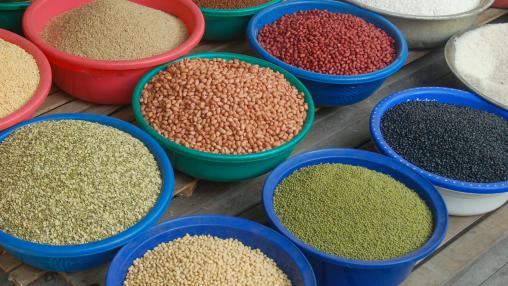
Does Climate Change Adaptation Improve Food Security? Evidence from West Africa
Rain-fed agriculture forms the mainstay of many West African economies, making the region particularly vulnerable to the effects of climate change and weather variability. As a result, there is growing emphasis being placed by both researchers and policymakers on climate-smart agriculture and climate change adaptation strategies to help protect the livelihoods and food security of farmers and rural households.
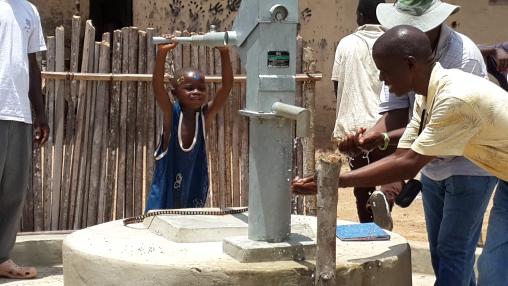
Climate-Smart Agriculture in Senegal
The World Bank, in collaboration with USAID, the CGIAR Research Program on Climate Change, Agriculture and Food Security (CCAFS), and CIAT, has continued its series on climate-smart agriculture (CSA) with a new country profile for Senegal . The profile takes an in-depth look at Senegal’s current agricultural and climate conditions and highlights several efforts that the Senegalese government is making to integrate climate change adaptation and mitigation strategies into its broader agricultural and economic development policy.
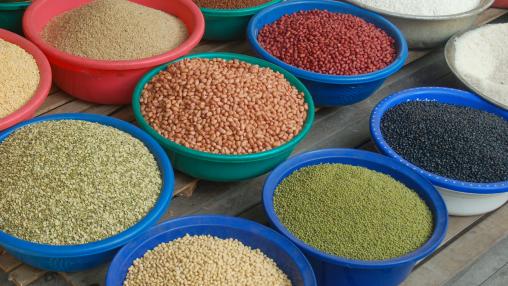
Climate-Proofing the Malabo Declaration
According to a 2014 report by the Intergovernmental Panel on Climate Change (IPCC), by 2050, the impacts of climate change and extreme weather events could increase hunger and child malnutrition by as much as 20 percent. This would mean an enormous setback in Africa’s progress toward the Sustainable Development Goals (SDGs) and could significantly slow the region’s economic development and growth.